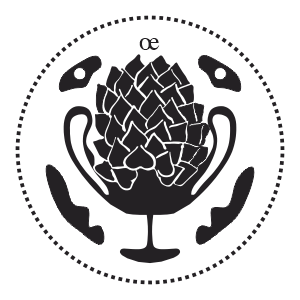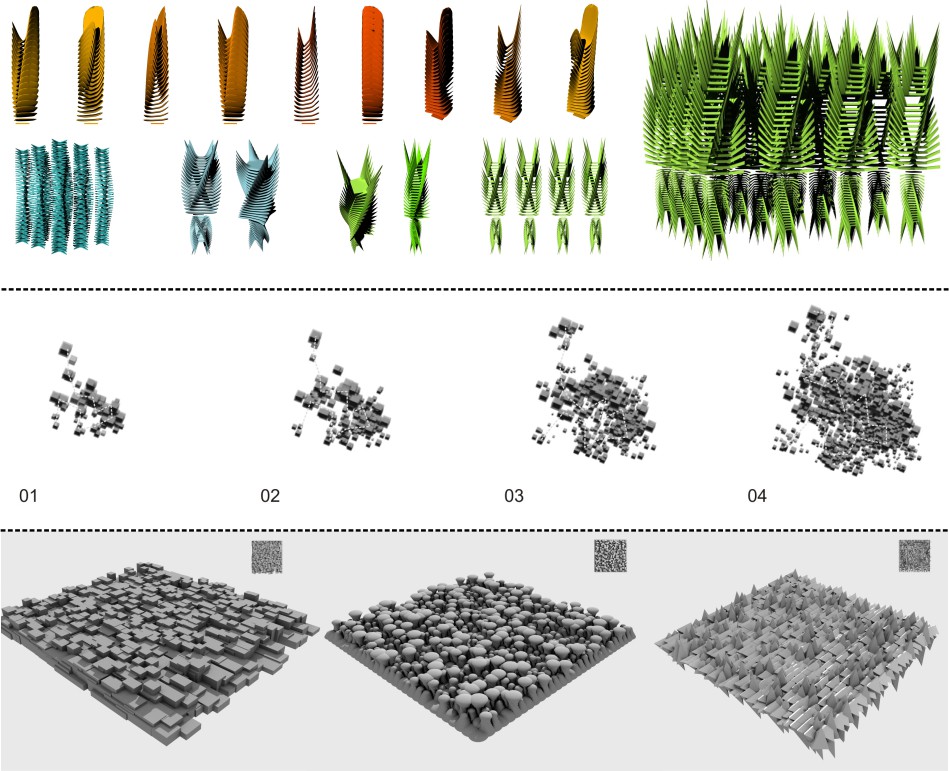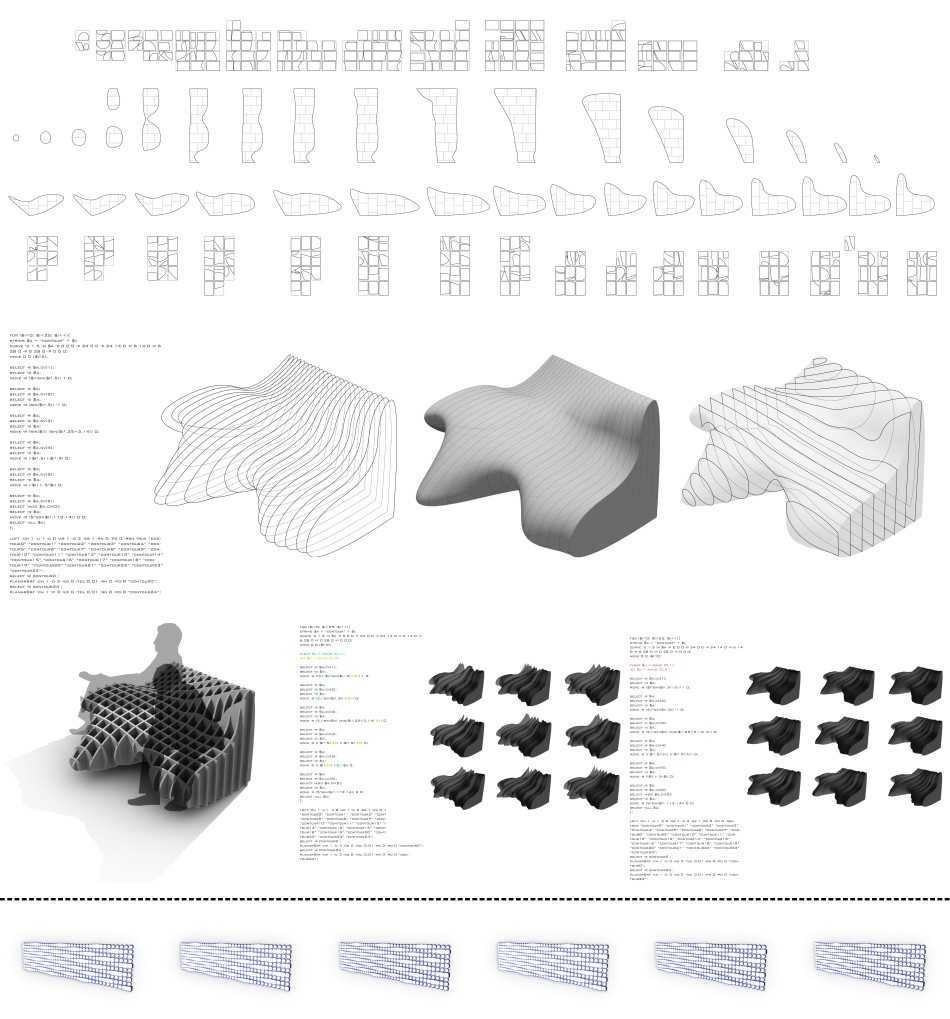01. Biology
One of the questions that research in biology is trying to answer today concerns the very early stages of life: how from an almost homogeneous mass of dividing cells in the primal stages of development emerges the vast and sometimes spectacular array of patterns and structures observed in different forms of life. There is a continuum of different approaches to the problem (1): on the one end there are theories of preformation and on the other end systems of self organization. The concept of preformation assumes that any form is preformed and static. Therefore any new form is always a result of a combination of the already existing forms. Taking a different approach, self –organization implies a de novo pattern formation that is dynamic and gets developed over time. Morphogenesis in the self-organization model depends on the interaction between the initial cells or units. Preformation is a top-to-bottom idea, while self-orgazination is a bottom-up system. In both cases, research uses computation as the necessary medium for the simulation of the biological processes.
02. Music
The music composer and architect Iannis Xenakis in his book Formalized Music (2) divides his works -or better the methods employed in order to produce his works- into two main categories: deterministic and indeterministic models. The two categories, deriving apparently from the mathematics, are referring to the involvement or not of randomness in the compositional process. A deterministic model does not include randomness and therefore it will always produce the same output for a given starting condition. Differential equations for example tend to be deterministic. On the other hand, indeterministic or stochastic processes involve randomness, and therefore will produce different outputs each time that the process is repeated, given the same starting condition. Xenakis’ compositional inventory includes processes from both categories. Computation was again the main medium Xenakis used in order to apply those processes in his compositions.
03. Philosophy
In their book A Thousand Plateaus (3), French philosophers Gilles Deleuze and Felix Guattari propose a new model of organization that they call the rhizome. The idea of the rhizome is opposed to that of the tree. Rhizomatic formations resemble a network or a meshwork–like assembly where the interaction between its various elements is defining its character. Rhizomes are always dynamic and are always changing over time as a result of lack of a specific hierarchical system. On the contrary, a tree-like formation is always based on a top-bottom, strictly defined hierarchy. The internet is an example frequently used to describe a rhizomatic network. With the development of computers and global networks, Deleuze and Guattari’s ideas acquired a new meaning, and established the rhizome as one of the main theoretical tools in the study of new media and technologies.
04. Design
It is no surprise then that experimentation in the use of computational processes in architecture today is touching upon similar issues. Pattern formation models such as L-systems, cellular automata, swarm behaviors, stochastic processes etc., that are being used in various research fields, are also employed in architectural experimentation today.
Aim of the class was to explore the possibilities that the above mentioned methods are offering to architecture. How these models, deriving from biology or mathematics, can expand the architect’s inventory with new ways to organize space, with unique structural or ecological systems or with innovating techniques in form-finding. At the same time, to understand how the above mentioned categories (preformation/self-organization in biology, deterministic and indeterministic in mathematics and in Xenakis work and rhizome/tree in Deleuze and Guattari’s theories) can help us approach different digital tools and evaluate the different opportunities that they offer.
References:
(1) Deutsch, A. & Dormann, S. Cellular Automaton Modeling of Biological Pattern Formation Boston: Birkhauser, 2004.
(2) Xenakis, I. Formalized Music: Thought and Mathematics in Composition New York: Pendragon Press, 1992.
(3) Deleuze G. & Guattari F. A Thousand Plateaus: Capitalism and Schizophrenia Minneapolis: University of Minnesota Press, 1987
________
|
» info:
|
|
|
Instructor:
|
Dimitris Gourdoukis. |
|
TA:
|
Matt MacRaild. |
|
Institution:
|
Washington University in St. Louis, School of Architecture. |
|
Date:
|
Spring 2008. |




